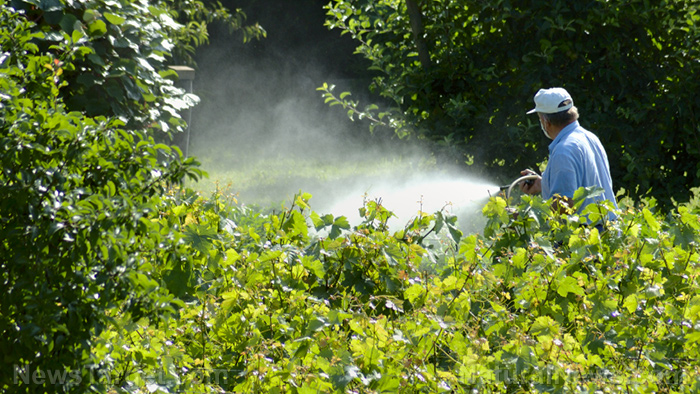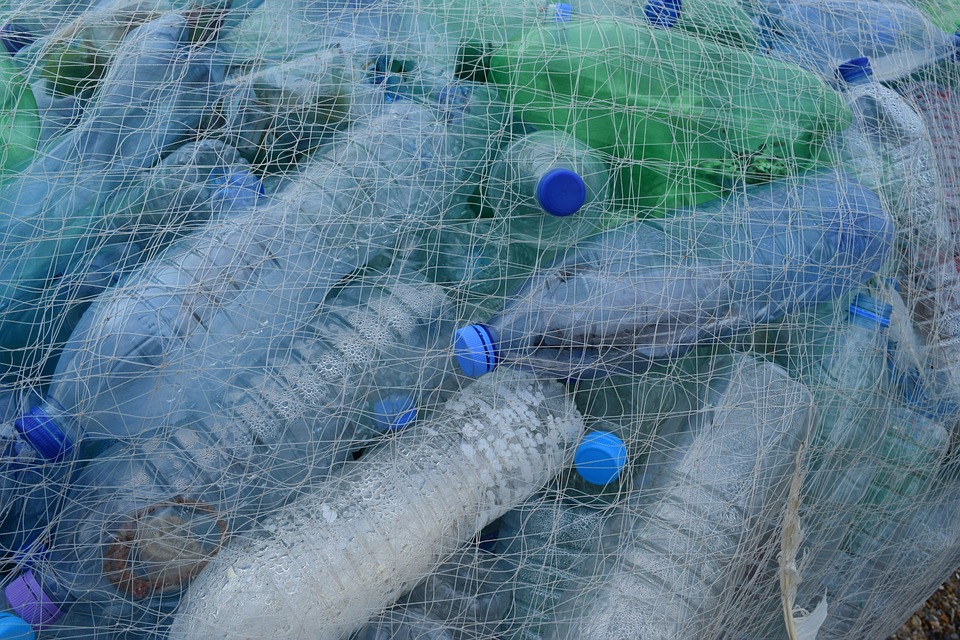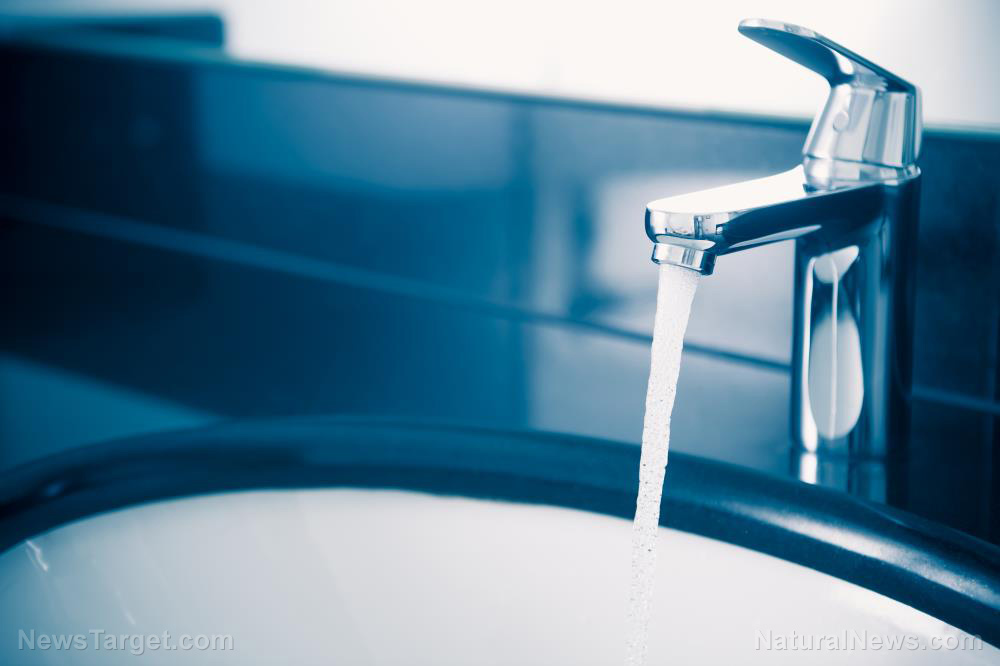US lithium mining projects are not eco-friendly
08/02/2021 / By Divina Ramirez

President Joe Biden has made addressing “climate change” one of his key priorities. That plan entails spending billions of dollars on new lithium mines. Lithium is primarily used to create electric vehicle (EV) batteries because it can store lots of energy and can be repeatedly charged. Lithium is extremely lightweight as well.
But some experts warn that new domestic lithium mining projects could pose a threat to the environment. Aimee Boulanger, executive director for the Initiative for Responsible Mining Assurance (IRMA), pointed out that the country’s new clean-energy demands could end up creating greater harm despite good intentions.
The cost of lithium gold
Despite plans to make EVs mainstream, the Biden administration has yet to promote cleaner options to extract lithium. Currently, lithium is extracted from open-pit mines, which could contaminate land and pollute groundwater and surrounding surface water.
However, lithium demand is expected to increase tenfold before the decade is up. Companies like Tesla, General Motors and Volkswagen have introduced dozens of new EV models, driving demand.
The United States depends largely on foreign sources of lithium. But due to growing demand, many mining companies and related businesses want to accelerate the domestic production of lithium, pressing the administration to insert a $10 billion grant program into Biden’s new infrastructure bill.
In fact, U.S. lithium miner influencers have already raised roughly $3.5 billion from Wall Street within the first three months of 2021. That is seven times the amount raised in the past 36 months, according to Bloomberg.

Plus, several lithium mines are already readying for production. In northern Nevada, workers are getting ready to blow up a mountain to dig out a giant pit for the site of a lithium mine. Native American tribes, ranchers and environmental groups are protesting the project, called Lithium Americas, because it is expected to use billions of gallons of groundwater and leave behind a giant mound of waste.
The project site also holds spiritual and cultural significance for indigenous communities. Many Paiute-Shoshone people in the area, for instance, object to the destruction of their indigenous cultural heritage, wildlife habitats and sacred water.
People in indigenous communities are also suspicious of the project’s promise of jobs. Similar projects in Latin America had made similar but false promises to locals. Other concerns about the project include violence against indigenous women, which commonly accompanies “man camps” of temporary workers.
“Blowing up a mountain isn’t green,” said Max Wilbert, who founded the grassroots organization Protect Thacker Pass. Wilbert has been living in a tent on the proposed mine site while two lawsuits attempting to stop the project wend their way through federal courts.
Lithium extraction from salt lake brine is critical for meeting increasing demand
Lithium is an extremely valuable mineral because its properties are suitable for making durable yet lightweight batteries. But blowing up mountains isn’t the only way to extract it, as environmental groups have argued.
A cleaner and more sustainable option for obtaining lithium is extracting it from salt lake brine. Investors have been promoting the Salton Sea, California’s largest lake, for this very purpose. The lake, now surrounded by desert sands, was formed by flooding from the Colorado River more than a century ago.
But due to droughts and poor management, the lake is now a source of pollutants. Still, investors say it’s one of the most promising and environmentally friendly lithium prospects in the US.
Lithium extraction from brine has long been used in Chile, Bolivia and Argentina. With this method, water from sprawling ponds is left to evaporate under the sun. It is much more inexpensive than traditional mines. It does, however, require lots of water in arid regions.
At the Salton Sea, investors plan to pump hot liquid from more than 4,000 feet below the surface using an aquifer. Lithium will then be extracted from this liquid.
Investors are also hoping to extract lithium from brine in other regions of Nevada, Arkansas and North Dakota. (Related: Could plastic bags be upcycled into parts for lithium-ion batteries?)
Go to Environ.news to learn more about how lithium open-pit mines can harm the environment.
Sources include:
Tagged Under:





















